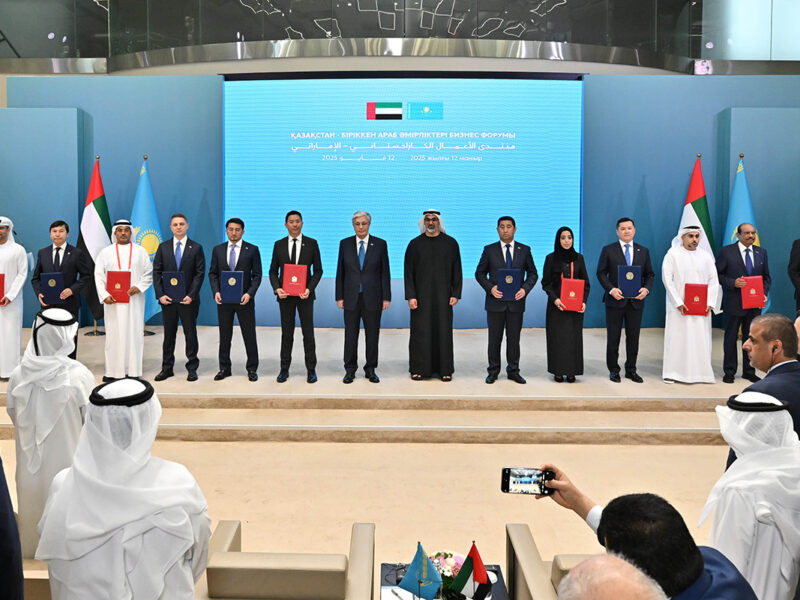Fixed line subscribers in the GCC have fallen from 5.8 million in 2006 to 5.4 million last year according to a study by the Global Investment House in Kuwait.
It attributes the recent 6.9% decline on the expansion and convenience of mobile services in the region.
The study also highlighted GCC’s five-year growth in cellular subscribers, which had a compounded annual growth rate (CAGR) of 37.6% from 2002 till last year. Significantly, the MENA region witnessed the highest global growth at a CAGR of 52.9% against a worldwide increase of 23.3%.
“Increasing disposable income and convenience of use is encouraging the cellular penetration in the region. Other important contributing factor to the increased cellular penetration is the relaxation in telecom regulations allowing second or third player in each country apart from the incumbent local carriers,” GIH stated in their study.
Qatar Telecom had the highest top line YOY growth in 2007 at 134.7%, followed by Mobily at 44.5% and Etisalat at 31%.
The GIH study covered Qatar Telecom (Qtel), Mobile Telecommunications Company (Zain), National Mobile Telecommunications Company (Wataniya), Saudi Telecom (STC), Etihad Etisalat Company (Mobily), Emirates Telecommunications Corporation (Etisalat), Oman Telecommunications Company (OTEL) and Bahrain Telecommunications Company (Batelco).
When asked why du was left out of the study, Faisal Hasan, head of Research at GIH, commented that “du and Zain Saudi (the third telecom operator in Saudi) were the only two companies that were not covered in our GCC telecom report. At Global Research, we strive to maintain high quality and accuracy in our reports, and thus it becomes important to meet with the company’s management prior to initiating coverage, and since we could not meet the companies, we decided to postpone coverage until the meetings are arranged.”








